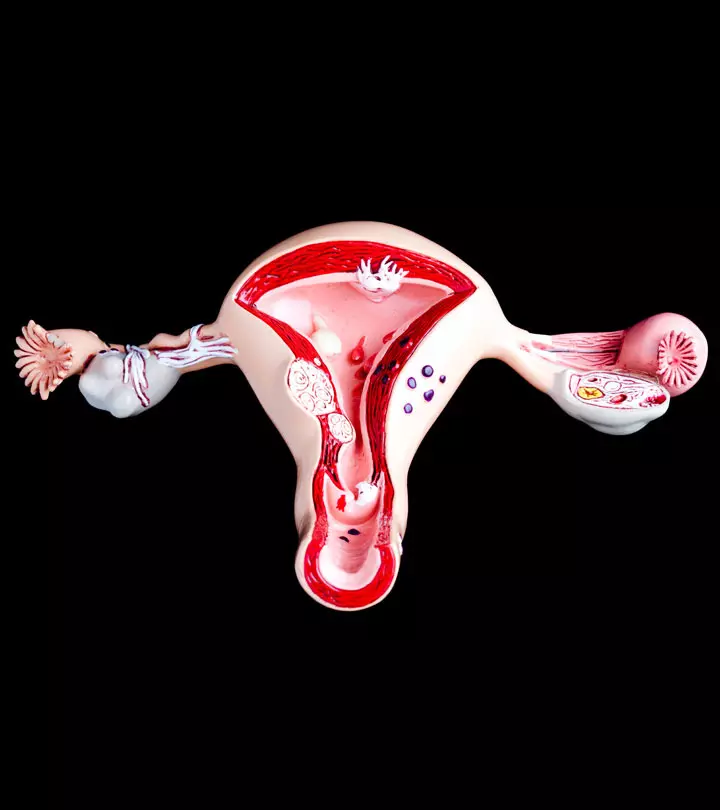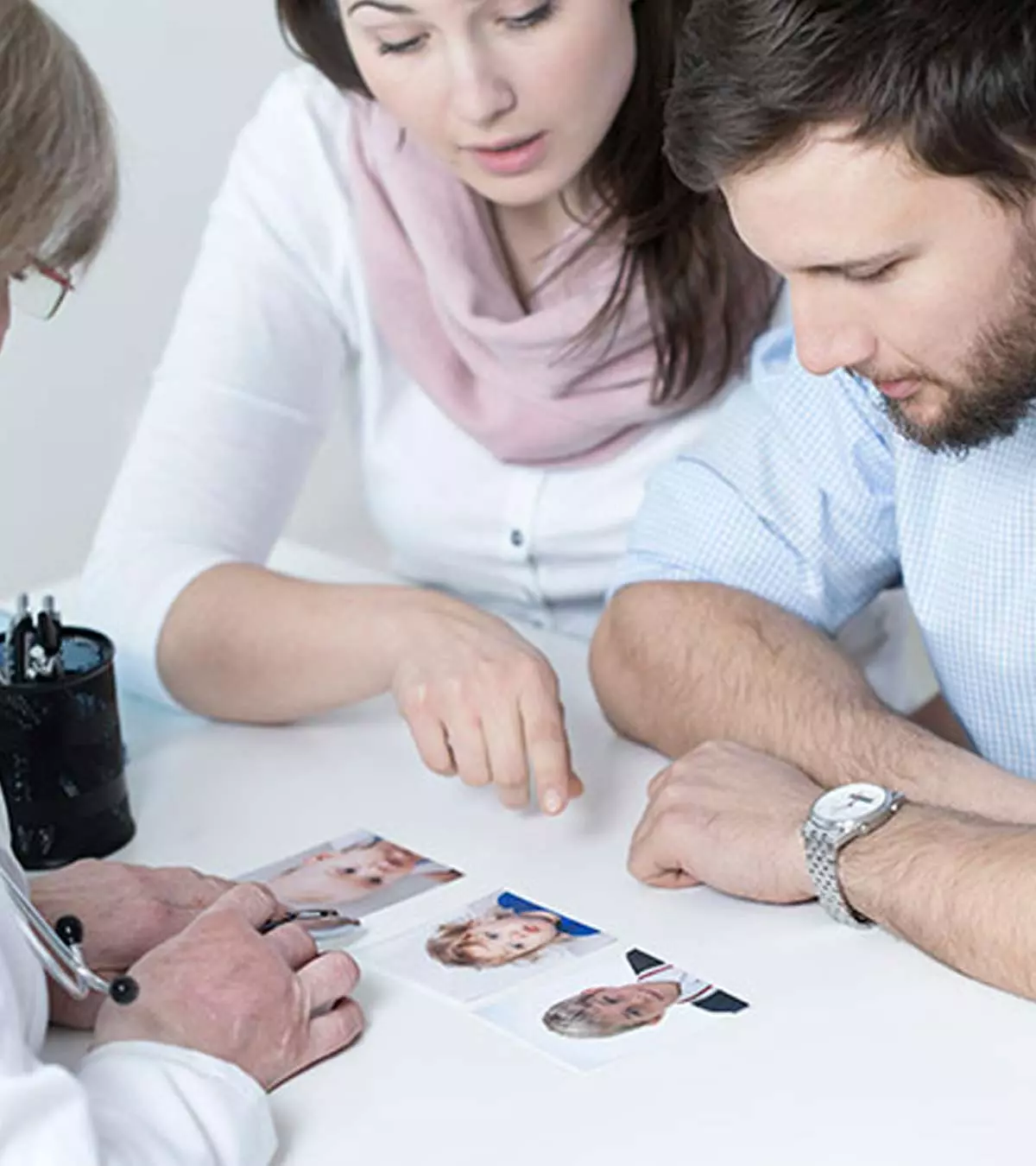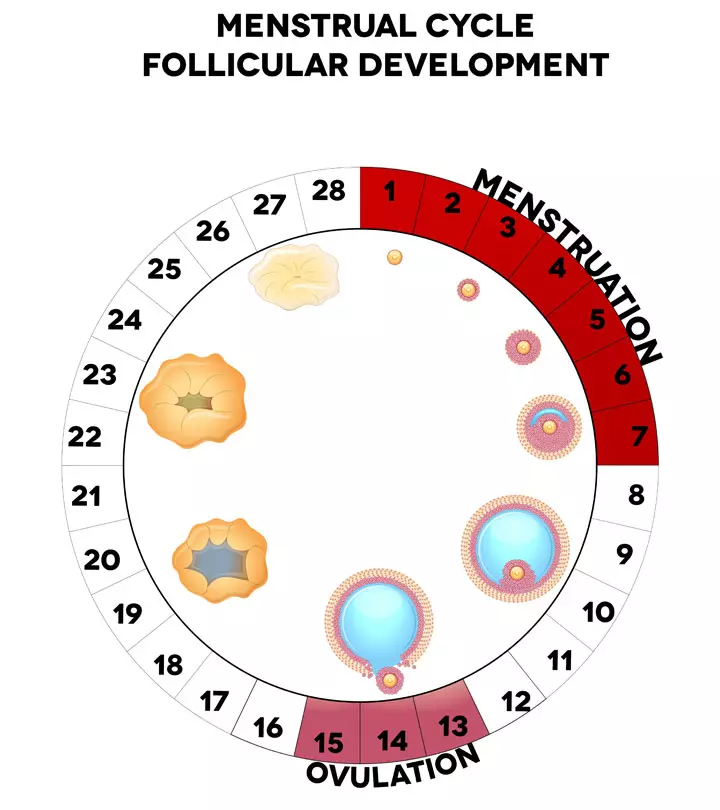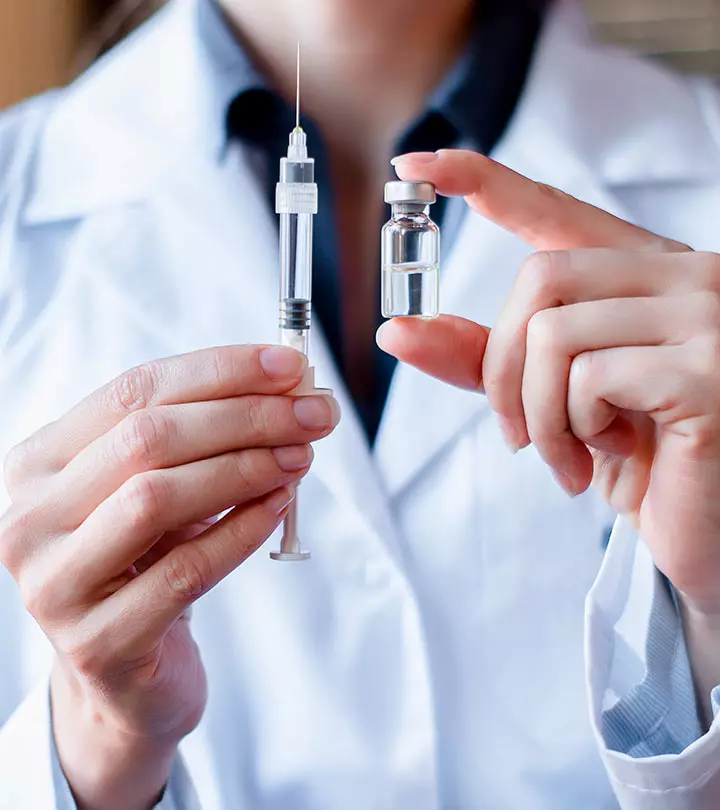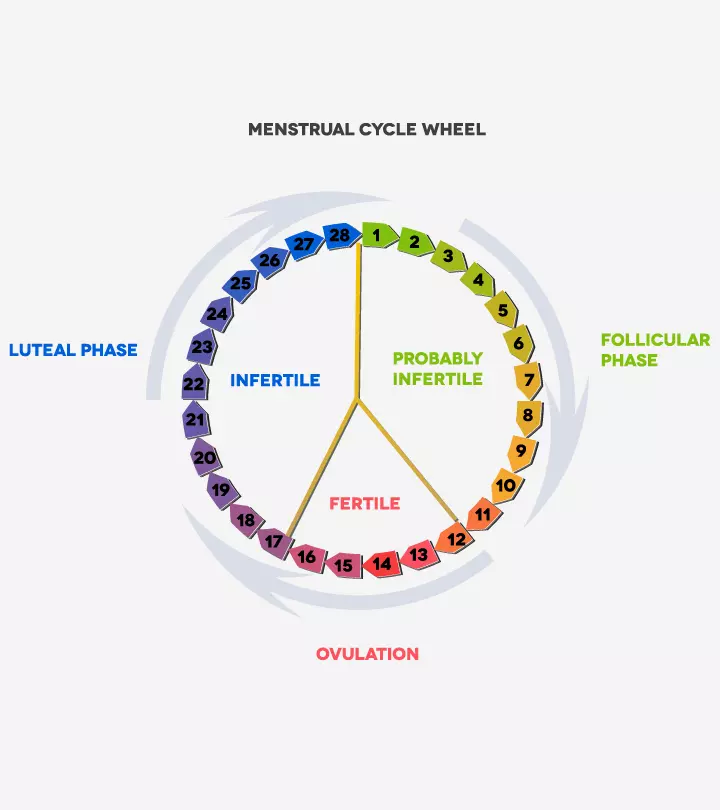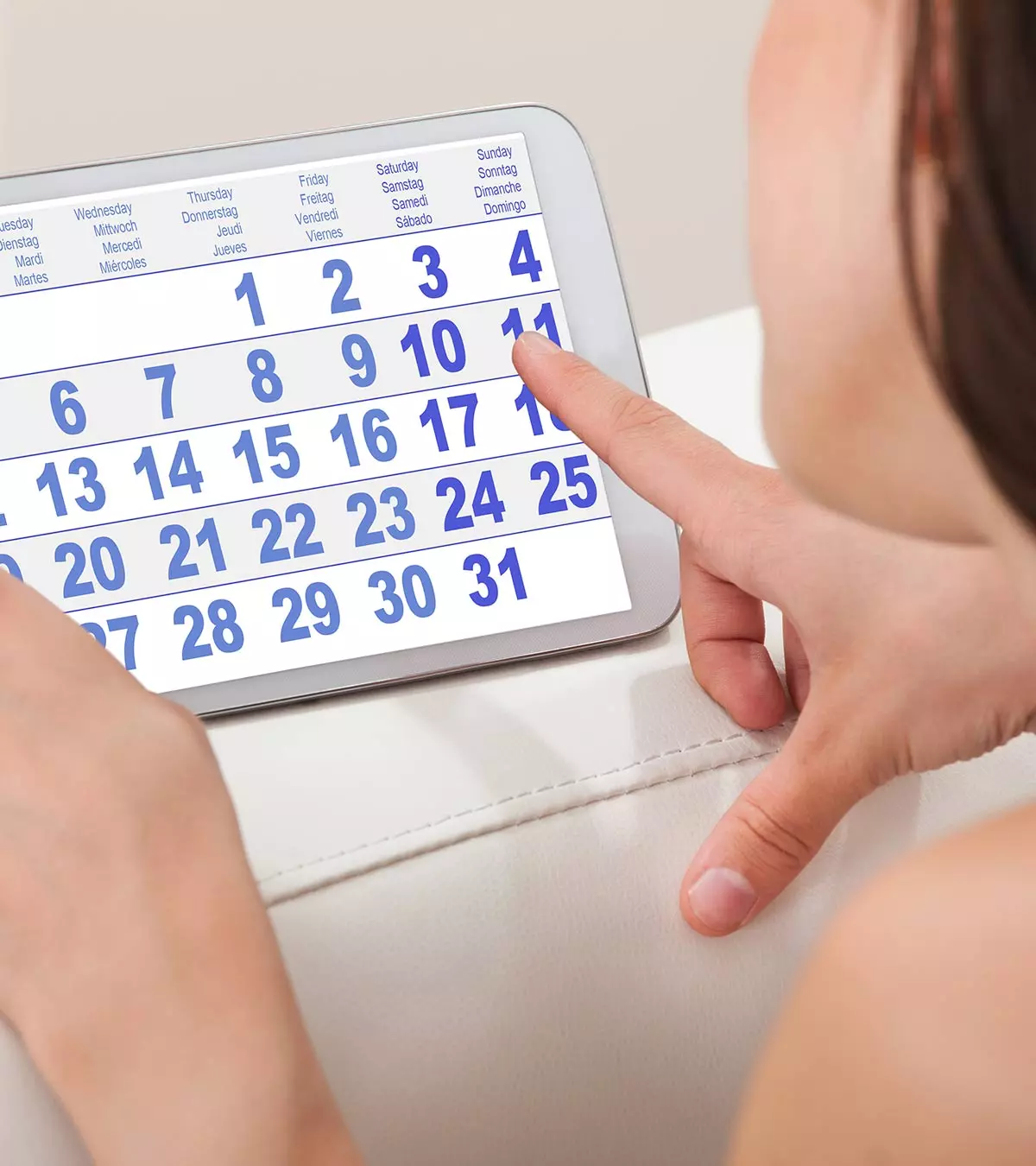
Image: ShutterStock
A safe period is a time when your chances of getting pregnant after having sex are the lowest as compared to other times. Knowing the safe period of the month is necessary if you are not trying for a baby. However, it should be noted that there is not a 100 percent guarantee that having sex during this period will lead to pregnancy prevention. This is a kind of natural contraceptive method that can be fully effective only when you know and understand your ovarian cycle and menstrual cycle accurately. However, a change in the cycle might affect your calculation which may cause discrepancies, in turn, leading to an accidental pregnancy. Read on to know more about the safe period of the month and ways to calculate it.
Key Pointers
- Calculating the safe period is essential to avoid unwanted pregnancies.
- Some methods that might help calculate the safe period are tracking one’s fertile window and using Fertility awareness-based methods (FAMs).
- Different kinds of FAMs include ovulation predictors and basal body temperature methods.
- Using these methods can be beneficial as they are inexpensive, safe, and do not involve medications.
- Possible disadvantages include risks of sexually transmitted diseases and a high failure rate.
What Is The Safe Period For Having Sex?
A menstrual cycle is calculated from the first day of your period to the first day of the next period. Therefore, in a typical 28-day cycle, ovulation usually occurs around day 14, when the chances of getting pregnant are high, and this phase is often considered the best time to get pregnant. The sperm survival time is three to five days inside a woman’s body, and a woman’s egg will live for 12 to 24 hours. Therefore, you are likely to get pregnant if you have sex anytime on the five days before ovulation and ovulation day (1).
But this does not mean that the remaining days are safe for having unprotected sex. Regardless of when you have sex, it is recommended that you use birth control methods to minimize the chances of pregnancy.
Read on if you wish to learn how to calculate the safe period when the chances of unwanted pregnancies are less.
Methods That Might Help You Calculate The Safe Period
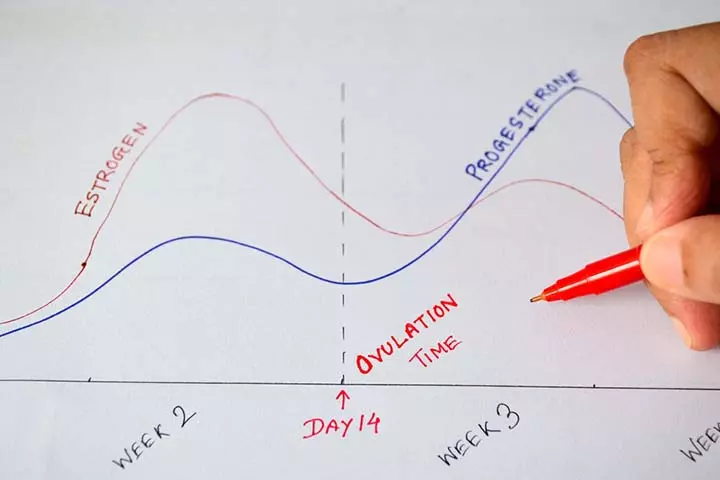
Image: Shutterstock
The methods that may help in calculating the safe period are:
- Tracking the fertile window
- Fertility awareness-based methods
 Expert says
Expert says1. Tracking your fertile window
Tracking of the fertile window helps you determine your fertility period and avoid unsafe sex.
It may take several period cycles to understand the fertile window correctly. And, this works if your periods are regular and the length of the cycle is uniform. Also, it requires you to track your period with precision for months.
Here is how to track the fertile period.
- At least for 6 to 12 consecutive months, note down the day you begin your period and count the days of the cycle until you start your next period. (First day is when you begin bleeding).
- Then determine the shortest and longest number of menstrual cycle days. From this, you may now calculate the fertile window based on your average menstrual cycle.
- Subtract 18 from the length of the shortest cycle. This will give you the first fertile day of your average menstrual cycle. For example, if it was a 24-day cycle, day 6 is the first fertile day.
- Subtract 11 from the length of the longest cycle. It gives the last fertile day. For example, if it is a 32-day cycle, day 21 is the last fertile day.
- Therefore, the fertile period is between day six and day 21 when you need to avoid unprotected sex as the chances of fertilization occurring are more (2).
This method is also called the calendar method and is used by many.
2. Fertility awareness-based methods (FAMs)
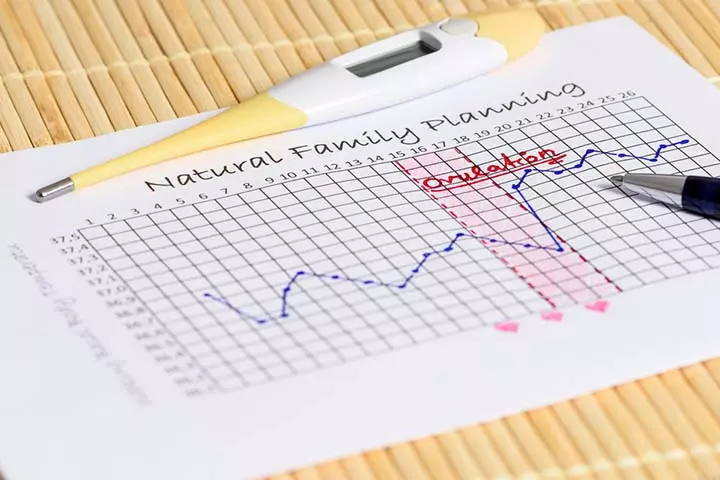
Image: Shutterstock
Fertility awareness, also known as natural family planning, is a way of predicting safe and unsafe days of your menstrual cycle. The methods under this category are usually based on certain signs your body gives in response to the hormones that cause ovulation such as the luteinizing hormone (3).
 Quick fact
Quick factHow Do FAMs Work?
The FAMs work by alerting you on your ovulation days. Once you know your days of ovulation, you can avoid sex or use a contraceptive to avoid getting pregnant.
These methods could help you know the unsafe days that come before and after ovulation. You may also track the fertility pattern, marking the days when you are fertile, and days you are not, which can be useful when you want to conceive. However, you have to be careful as the pattern may change with cycles.
What are the different fertility awareness-based methods?
Here are a few FAMs you can try to avoid an unwanted pregnancy.
1. Basal body temperature method
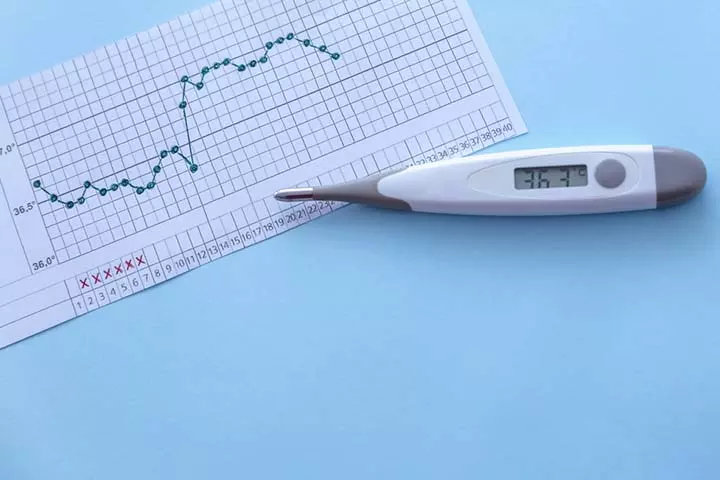
Image: Shutterstock
The basal body temperature will be low in the initial phase of your menstrual cycle. It increases slightly after you start ovulating (about 0.5 to 1°F) and remains high for the remaining part of the cycle. It falls again before you start your next period. Tracking your temperature day by day will help you understand when you start to ovulate.
Once you know the dates, avoid unprotected sex for three days after ovulation to avoid pregnancy. Although this method is not 100% reliable, it is widely practiced by many women to this day (4).
2. Cervical mucus or ovulation method
The hormones that control the menstrual cycle also stimulate the cervix to produce mucus, which usually gets collected in your cervix and vagina.
The quantity and consistency of the mucus change just before and during ovulation.
The time when the mucus becomes clearer and more slippery than it is at other times is when you are most fertile. Once the ovulation is complete, you may experience dry days where there is no or little discharge (5). You can learn to recognize these changes to predict the fertile and infertile days. However, this is also not a highly reliable method, as the levels of discharge vary based on hormonal changes.
Tyiece Aveley, a blogger, uses the cervical mucus or ovulation method to predict her fertile days and avoid unintended pregnancies. She says, “During the fertile period, the discharge is of a thinner consistency and resembles egg white. That is the biggest sign for me that indicates that I’m ovulating. That’s what I pay attention to mostly and it’s been really effective in knowing when I’m ovulating and when I’m not (i).”
3. Ovulation predictors
You may consider buying test kits that can help predict ovulation. They may be helpful in planning pregnancies, but you cannot completely depend on them to avoid pregnancies (6).
 Quick tip
Quick tipAdvantages of using FAMs to avoid pregnancy

Image: Shutterstock
- Inexpensive, convenient, and safe to use (as no hormones supplements or invasive devices are used).
- Develops communication, responsibility, and cooperation among partners.
- Helpful in establishing an optimum fertility phase to plan a pregnancy.
- Acceptable for couples with religious concerns about artificial contraceptive methods.
- No medications involved.
- You can get calendars, charts, and thermometers easily (7).
Disadvantages of using FAMs to avoid pregnancy
- The failure rate is high as an accurate prediction of fertility is difficult.
- There is no protection against sexually transmitted infections.
- Can be tedious, as you have to keep track of your days of infertility.
- Less number of safe days for indulging in sex.
- Training is vital.
- Not effective if the periods are irregular.
- Takes several months to monitor the cycle patterns (7).
Contraception Methods During Safe Period
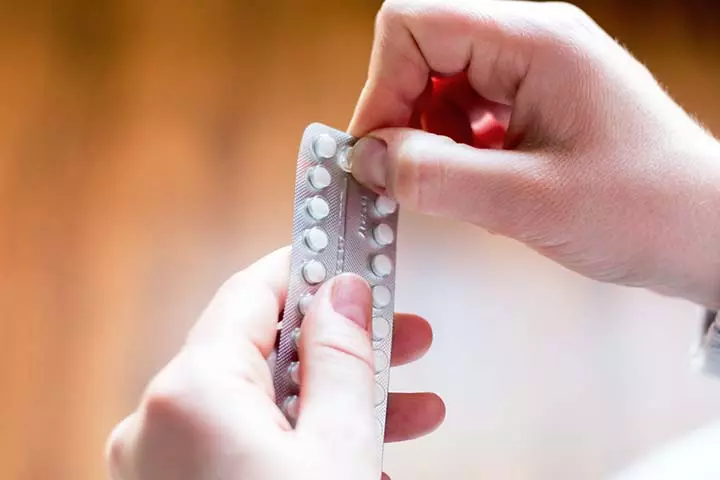
Image: IStock
Ideally, it is good to use contraceptives even during the safe period to avoid pregnancy. You could use barrier methods like condoms and spermicides. Other methods are natural family planning, oral contraceptives, implants, contraceptive rings, patches, IUDs, or surgical interventions including hysterectomy, tubal ligation, tubal sterilization, and vasectomy (8). However, talk to your partner and your healthcare provider before determining pregnancy prevention methods that could be suitable for you.
Next, we answer some of the common queries about the safe period to have sex and avoid pregnancy.
Frequently Asked Questions
1. Can I have sex during my period?
Yes, you may indulge in sexual activity while on your period, unless you are uncomfortable. Some women may feel that the mess due to the bleeding is highly inconvenient, while others don’t mind it as their libido is higher at this time, and they enjoy intercourse more. Some women experience less period pain with sexual intercourse during periods. In any case, you may use a condom to avoid the risk of contracting sexually transmitted diseases.
2. How many days after a period will I start to ovulate?
Ovulation occurs 14 days before your next period if your cycle is regular. If you have an average 28-day menstrual cycle, you will ovulate around the 14th day provided you have good reproductive health. If the cycle ranges from 26 to 32 days, you may ovulate anytime between the 8th and 19th day (9).
3. Are there any chances of getting pregnant if I have sex right after my period?
The probability is low. According to obstetrician and gynecologist Dr. Himali Maniar Patel, “The lowest chance of pregnancy occurs in the days following menstruation and the days leading up to your next period. Sperm can survive for several days (typically 3-5 days) inside a woman’s body, and an egg can only be fertilized for up to 24 hours after ovulation.” Your chances of getting pregnant increase as you move into your fertility window. Having intercourse without contraception can create the possibility of pregnancy even outside your fertile period.
4. When can a woman not get pregnant?
There is no phase when a woman cannot get pregnant as ovulation and menstrual cycles are unpredictable at times. However, you might use certain fertility awareness-based methods to track your safe sex days when the chances of conception are less.
5. How long is the safe period each month?
The safe sex period within each month varies depending on the length of periods and the ovulation date, which are susceptible to change due to several factors. Thus, any period that falls beyond the fertility window may be considered safe, but not entirely, as the risks of pregnancy remain (10).
6. Are there any health risks associated with having unprotected sex during the safe period?
Indulging in unprotected sex at any time of the month has risks for the occurrence of accidental pregnancy, sexually transmitted diseases, and other infections (such as UTIs), warranting the need for the use of contraceptives (12).
7. What to do if I become pregnant during the safe period?
You should approach your gynecologist and seek medical guidance if you suspect conception during the safe period.
8. What should I do if my menstrual cycle is irregular?
A healthy lifestyle, including adequate hydration, a well-balanced diet, and regular exercise, may help regularize periods. Also, manage your stress levels, as it may affect your hormones. An irregular menstrual cycle could have several potential causes. Therefore, speak to a gynecologist in case of any concerns.
A safe period is a time near menstruation when a woman is least likely to become pregnant by unprotected sexual intercourse. Although the chances of conceiving are low, setting the timing of intercourse during a safe period is not a reliable way to avoid pregnancy. You may try using condoms or hormonal contraceptives, which help prevent pregnancy more effectively. Tracking your menstruation and ovulation periods can help determine your fertility window and safe period each month. However, women with irregular cycles cannot rely on this method.
Infographic: Limitations About Natural Ways Of Family Planning
It is common for couples to try natural contraception techniques to avoid unintended pregnancy. Nonetheless, not all these methods effectively prevent pregnancy; they hold some limitations, as described in the infographic below. Illustration: Momjunction Design Team

Personal Experience: Source
MomJunction articles include first-hand experiences to provide you with better insights through real-life narratives. Here are the sources of personal accounts referenced in this article.
i. How I use natural family planning to prevent pregnancy.https://www.youtube.com/watch?feature=shared&v=lCsuefLt9eA
References
1. Menstrual Cycle; The Office on Women’s Health (2018)
2. Allen J Wilcox et. al.; The timing of the “fertile window” in the menstrual cycle: day specific estimates from a prospective study; NCBI (2000)
3. Fertility Awareness Based Methods; All India Institute Of Medical Science
4. Kaitlyn Steward and Avais Raja; Physiology, Ovulation, Basal Body Temperature; StatPearls Publishing (2019)
5. Hsiu‐Wei Su et al.; Detection of ovulation, a review of currently available methods; Bioeng Transl Med (2017)
6. Ovulation home test; NIH (2019)
7. Fertility Awareness; The Regents of the University of California, Davis campus
8. Contraception/Birth Control; University of Rochester Medical Center
9. Lactational Amenorrhea And Other Fertility Awareness Based Methods; Maryland Family Planning & Reproductive Health Program Clinical Guidelines (2012)
10. Can I Get Pregnant Just After My Period Has Finished; NHS
11. Are Fertility Awareness Methods Methods Right For Me?; PlannedParenthood
12. When’s the Best Time to Have Sex and Avoid Pregnancy?; Nemours
Community Experiences
Join the conversation and become a part of our nurturing community! Share your stories, experiences, and insights to connect with fellow parents.
Read full bio of Dr Sachchidananda Maiti
- Dr. Himali M Patel is an Ahmedabad, India based gynecologist with 13 years of experience. She currently practices at Nisha Women's Hospital and IVF Centre. Dr. Patel did her graduation in Medicine at Bharati Vidyapeeth University, Pune and holds a diploma in Obstetrics and Gynecology.
 Dr. Himali M Patel is an Ahmedabad, India based gynecologist with 13 years of experience. She currently practices at Nisha Women's Hospital and IVF Centre. Dr. Patel did her graduation in Medicine at Bharati Vidyapeeth University, Pune and holds a diploma in Obstetrics and Gynecology.
Dr. Himali M Patel is an Ahmedabad, India based gynecologist with 13 years of experience. She currently practices at Nisha Women's Hospital and IVF Centre. Dr. Patel did her graduation in Medicine at Bharati Vidyapeeth University, Pune and holds a diploma in Obstetrics and Gynecology.
Read full bio of Rebecca Malachi
Read full bio of Swati Patwal
Read full bio of Aneesha Amonz









